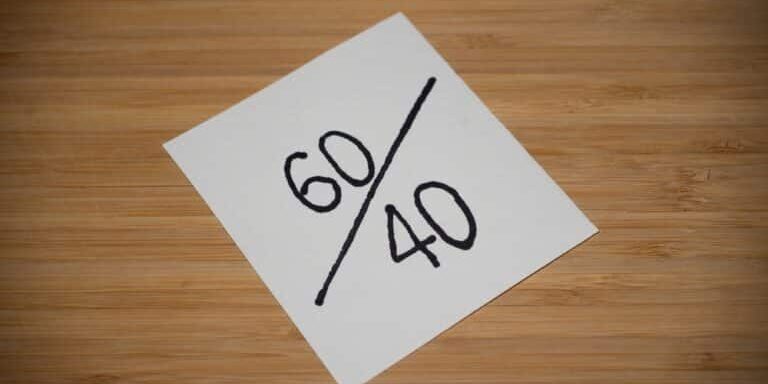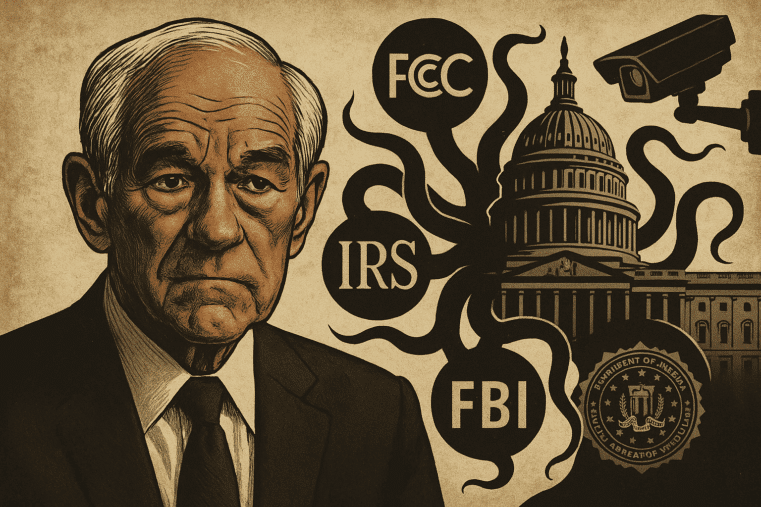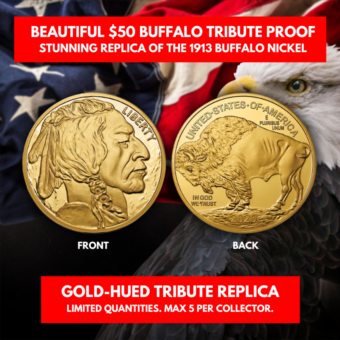
Gold Is the New Backbone of Wealth—Ditch the 60/40 Portfolio Before It Destroys Yours
The 60/40 Portfolio Is Crumbling… and Gold Is Rising from the Ashes
Let me lay it out for you plain and simple: the old-school 60/40 portfolio—60% stocks, 40% bonds—isn’t cutting it anymore. That model worked when the world wasn’t spinning off its axis. But we don’t live in that world now, do we?
According to a new report from FTSE Russell, it’s time to throw out that dusty playbook. These analysts, not exactly your average gold bugs, are now sounding the alarm: you need a 20% gold allocation to stay ahead of the curve. And not someday—right now.
Why? Because gold is no longer just a defensive asset you buy when things go haywire. It’s become a strategic weaponin a world that’s getting harder to navigate by the day. As Sayad Reteos Baronyan and Alex Nae from FTSE Russell put it, gold is “a dynamic, strategic tool for navigating complexity.”
And friends, we’re deep in complexity.
Proof in the Numbers: Gold Outperforms the Old Way
FTSE Russell’s research isn’t just theory—it’s backed by real numbers. Over the last 15 years, a portfolio made up of 60% global equities, 20% bonds, and 20% gold didn’t just survive—it beat the traditional 60/40 split.
Here’s the breakdown:
- 60/20/20 portfolio:
- Annual return: 7.5%
- Volatility: 8.55%
- Sharpe ratio: 0.38
- Traditional 60/40 portfolio:
- Annual return: 6.3%
- Volatility: 8.01%
- Sharpe ratio: 0.28
Even though gold added a bit of extra “bounce” to the ride, it delivered more bang for the buck. Translation? Higher returns for the same amount of risk. That’s a no-brainer in my book.
Central Banks Are Hoarding Gold. Shouldn’t You?
Still not convinced? Then take a look at what the central banks are doing. They’ve been buying over 1,000 tonnes of gold every year for the past three years. Why? Because they see the writing on the wall. The dollar isn’t the safe bet it used to be, and the geopolitical landscape is as fragile as it’s ever been.
Between January and March alone, they scooped up 243.7 tonnes. That’s not a hedge—it’s a strategy.
And here’s the kicker: central banks are now holding 13.5% of their reserves in gold, up from just 9% five years ago. Still under historical averages, but the trend is loud and clear: they’re running from fiat—and running to gold.
What History Tells Us: Gold Soars When Crisis Hits
FTSE Russell’s team also looked back at key crises. What they found should make you sit up straight:
- 1972–1976 (Inflation Crisis): Gold surged over 300%
- 1977–1982 (All-Time Highs): Up another 261%
- 2007–2015 (Great Financial Crisis): Gold spiked 154%
Right now, since 2020, gold is already up 90%, and we haven’t even hit the peak of this storm yet. You think it’s too late to get in? Think again. There’s plenty of room left on the runway.
The Bottom Line: Fiat is Failing, Gold is Freedom
Let’s not sugarcoat it—your money is losing value every day it sits in dollars. That dollar is like a car losing value the moment you drive it off the lot. Inflation, debt, and broken monetary policy are driving us straight into a ditch.
Gold? It’s not just a shiny metal. It’s a monetary insurance policy—one that doesn’t care about interest rates, party politics, or the latest Wall Street nonsense. In a world where central banks manipulate currency and surveillance is creeping into your wallet (hello, FedNow and CBDCs), gold stands tall as a neutral, private, and resilient asset.
Don’t wait until it’s too late. The shift is already happening.
Take Action Now
📘 Download Bill Brocius' eBook: Seven Steps to Protect Yourself from Bank Failure
🔔 Subscribe to Dedollarize Alerts and Updates: Click here to join
If the folks at FTSE Russell are finally waking up to gold’s power, you can bet your bottom dollar it’s time the rest of us do too. Stay sharp out there.











